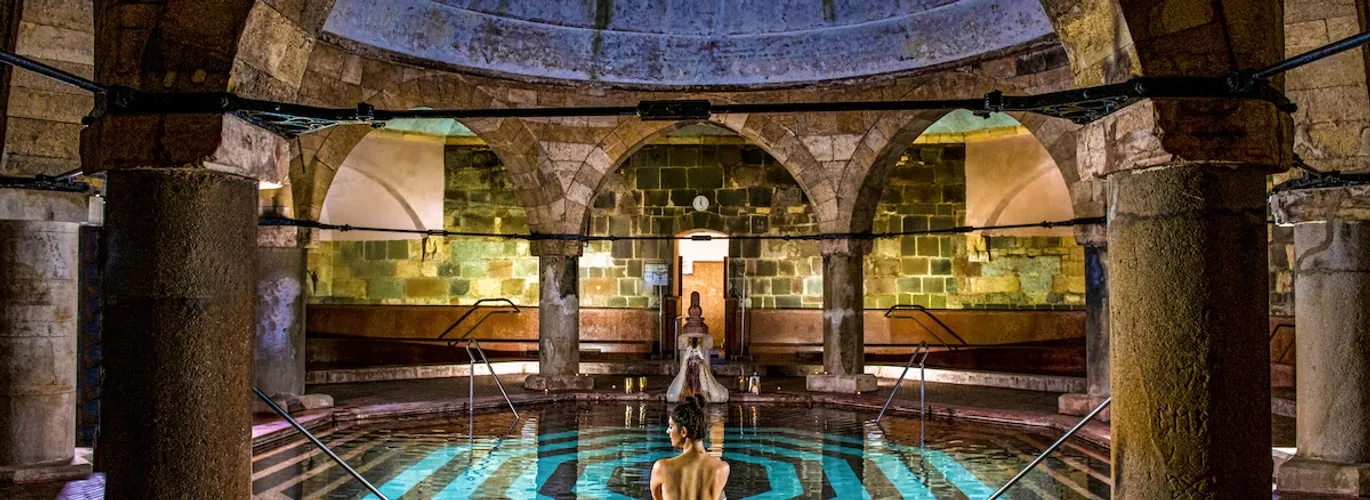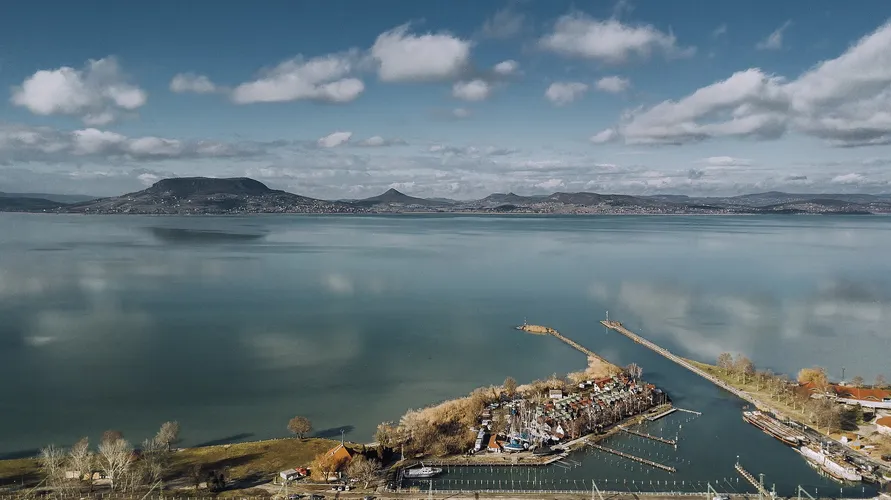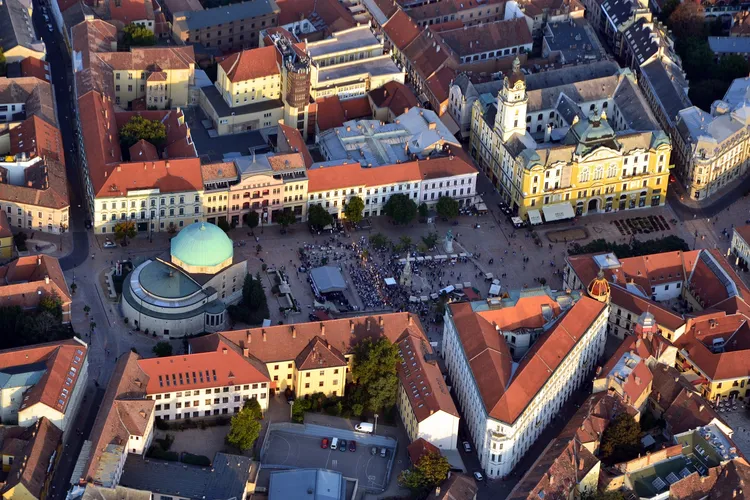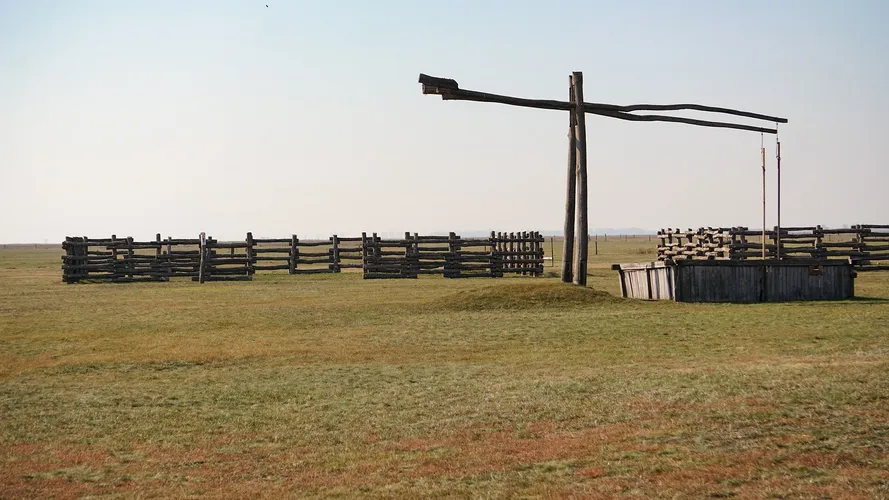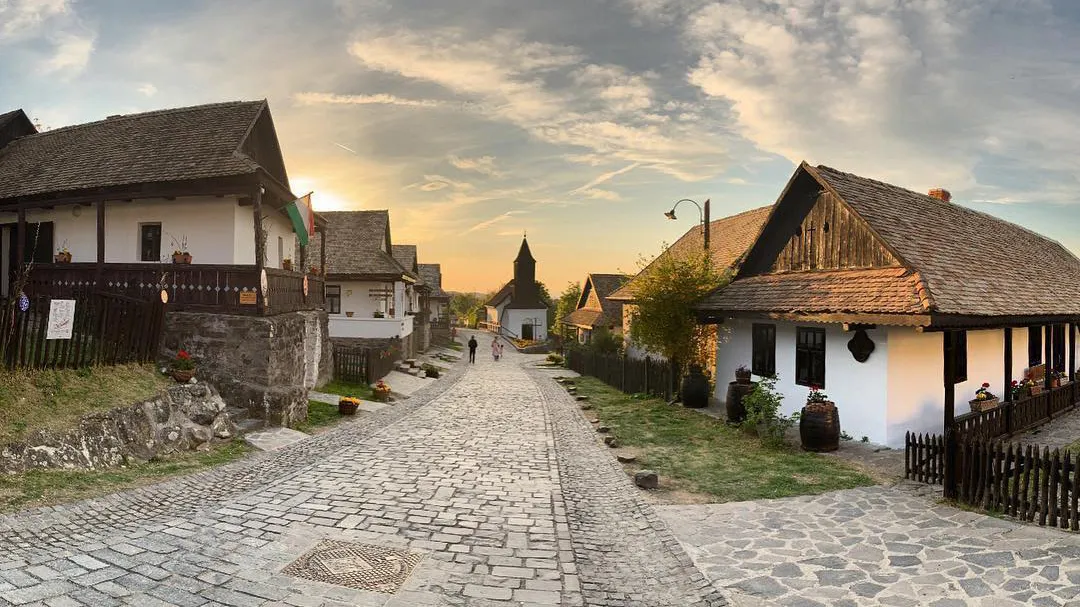
Hollókő hides among the undulations of the Cserhát hills about 100 km from Budapest in a picturesque setting. The history of the village goes back to the 13th century, when after the Mongol invasion the castle was built on Szár hill. The name (holló=raven, kő=stone) perhaps, comes from the legend in which the lord of a castle stole a pretty maiden, whose nurse was a witch. The nurse made a pact with the devil to rescue the girl. The devil’s minions, disguised as ravens, took the stones of the castle away and the castle of Hollókő was built on top of the rock here. It is worth walking up to the Castle to see the exhibition of fragments of weaponry, cannon balls, and carved stone findings. And from here there is a beautiful view over the surrounding, protected area, which is a part of the Bükk National Park.
The settlement burnt down several times, because the buildings, until the beginning of the 20th century, were covered with inflammable thatched roofs. Following the last 1909 fire, the houses were restored to their original form, but now with clay-brick walls and tiled roofs. The traditional medieval village structure can easily be seen; the single long street has thin lots running of it at right angles. In the middle of the settlement, as if on an island, stand the village church. The wooden-towered, tile-covered Roman Catholic church was built in 1889. The village’s 60 protected buildings are characteristic peasant houses with stepped gable roofs and porches with wooden breast walls decorated with open-worked carvings. Their interior layout faithfully retains the 17th-century Palóc style; they consist of 3 distinct rooms. From the porch, you step into a cooking-dining room, but in winter it was also the best place to sleep in - on the bench around the stove. The kitchen was joined to the larder, where the cereals and the agricultural equipment were stored, and also served as the bedroom for the old folk. The so-called clean room on the street front was the jewel and decoration of the house, which in Hollókő was not only kept for guests, as in other regions but was lived in by the man of the house with his family. As the family got larger the houses were extended lengthways, it was in this way that the buildings that can be seen today were formed, one of which can be seen in the Village Museum. Here you can also have a look at the interior of the house, its furniture, decorations, and tools. Of the old folk crafts, textile production is shown in the Loom House, where apart from the ancient techniques, they also work on a weaver’s loom that has a flying shuttle.
In other buildings, there is a village house, a post office and a nursery school, in other words this is not an open-air museum, but a real, living village. There is accommodation, or restaurant facilities, available in several houses. The residents of the village of 400 people are the Palóc people. Besides their special dialect, they retain their traditions and their colorful, richly decorated folk costume. On the more important festivals even today they wear the folk clothes that they usually make themselves. The most beautiful is the dress for special occasions of the young girls and brides; under the red or blue silk skirt you can see 6, 8 or even 10 snow-white, starched underskirts. Easter at Hollókő is perhaps one of the most spectacular holidays, when costumes, Easter-time customs and folk handicrafts are on display. The Nógrád County Folklore Festival, the Castle Games in August, the harvest procession in October and the concerts organized in the fortress or inside the church attract many visitors.
